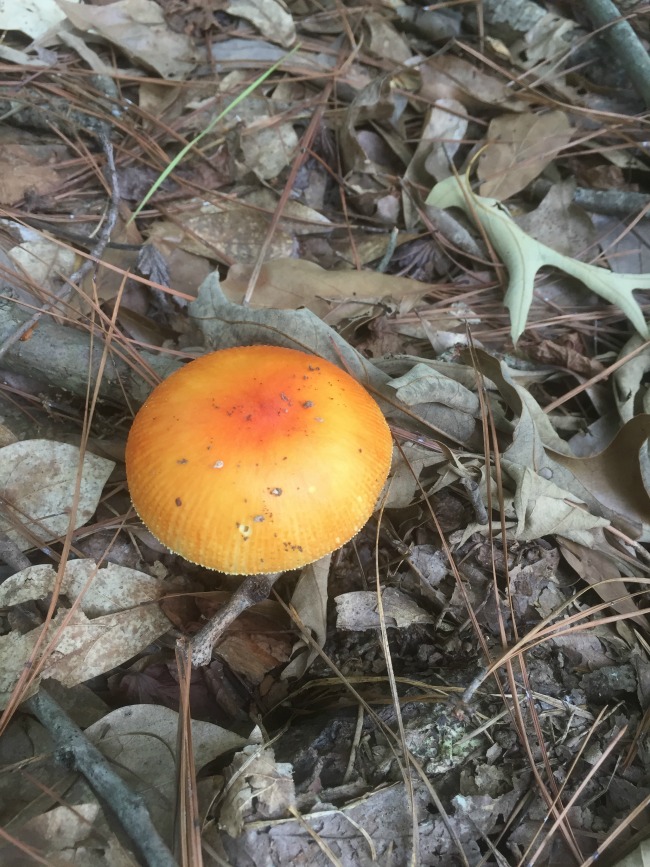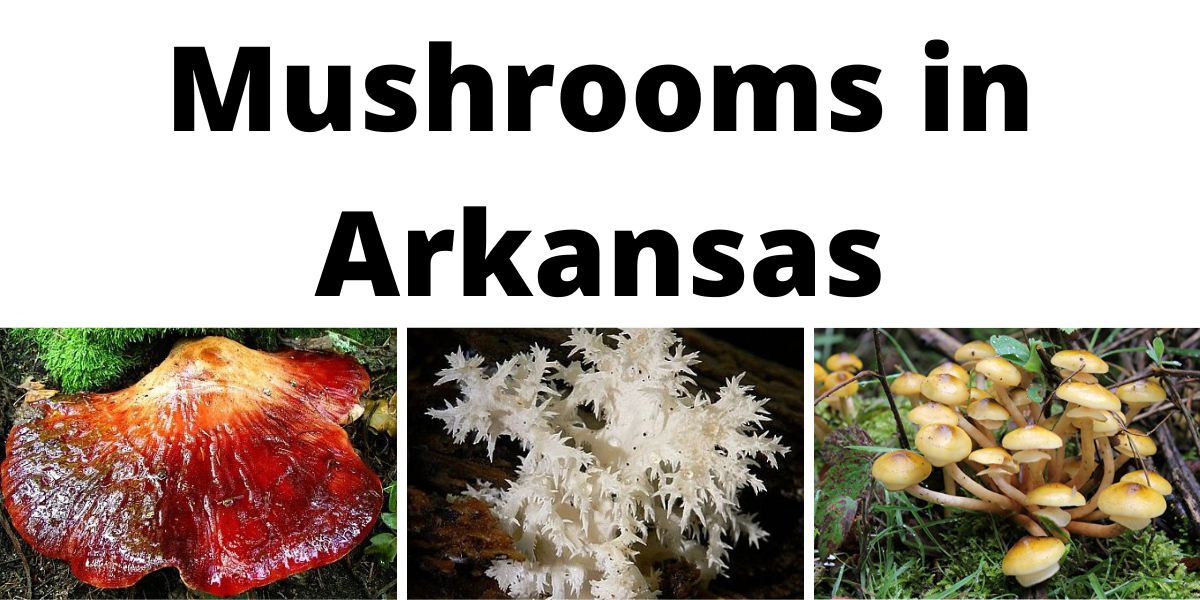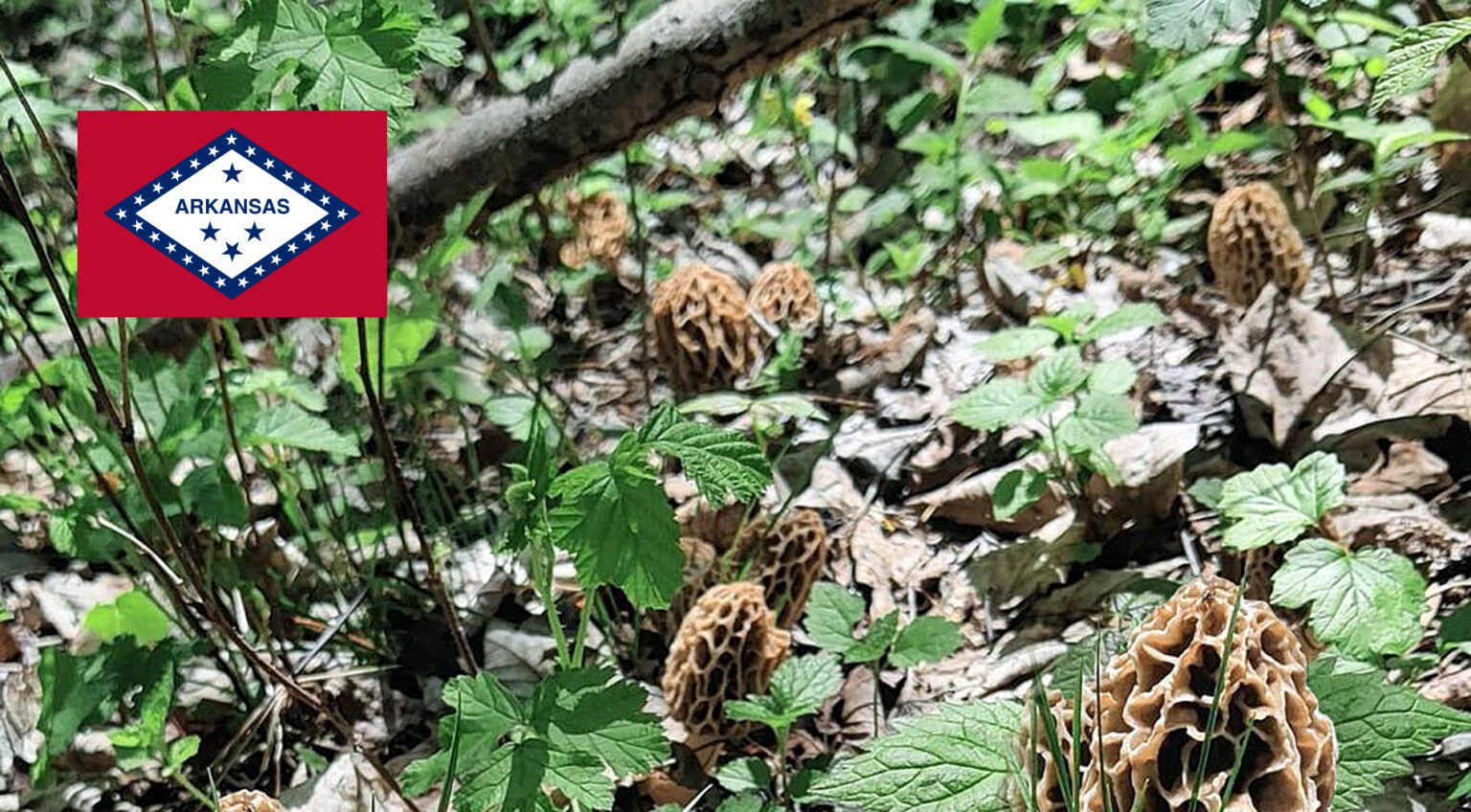
The Surprisingly Exciting World of Arkansas Mushroom Foraging Only In Arkansas
October 31, 2018 Author Julie Kohl Fall weather often brings about the perfect conditions for wild mushroom growth. Moderate daytime temperatures, cooler nights, moisture and lower light mean mushrooms are popping up in forests and yards all over Arkansas.

A Comprehensive List of Common Wild Mushrooms in Arkansas
This guide is a collection of fungi commonly found in Arkansas and was created for the 2016 National Park Service (NPS) BioBlitz celebration in Hot Springs National Park. This celebration is taking place nationwide and recognizes the 100th anniversary of the NPS and the great biodiversity that Sort Grid Card split-gill mushroom 1

ID Help Please(Arkansas) Mushroom Hunting and Identification Shroomery Message Board
2. Be aware that many wild edible plants in Arkansas also have toxic lookalikes. Always seek expert help. Forage at your own risk. Wild Mushrooms in Arkansas Morels -Learn more here: [PRO TIPS] Morel Mushrooms in Arkansas Oyster mushrooms Chanterelles Chicken of the Woods mushrooms Puffballs Bolete -some species only Wood Ear Mushrooms

Blue bruising mushroom found in Arkansas is it psychedelic? Mushroom Hunting and
Galerina Marginata (Funeral bell or deadly skull cap) Galerina Marginata is a poisonous mushroom that contains enough Alpha- amanitin to cause death. Ingesting toxic amounts of this mushroom can lead to severe unease, cramps and diarrhea, and later kidney and liver damage.

ID Arkansas Shrooms Mushroom Hunting and Identification Shroomery Message Board
Get it? "Fun guy." I know. It's not that original but it usually gets me a few eye rolls so it's worth it. But, it brings up something interesting. What are fungi and are mushrooms considered fungi? Possibly Red-Capped Russula or "Russula cystidiosa" Are Arkansas mushrooms fungi or fungus? To get technical for a moment…

ID Arkansas Mushrooms Please Mushroom Hunting and Identification Shroomery Message Board
The most common edible mushrooms in Arkansas include morels, oyster mushrooms, and chanterelles. On the other hand, steer clear of deadly webcaps and jack o'lanterns, poisonous mushrooms known to grow in Arkansas. When it comes to mushroom hunting, Arkansas has a lot to offer.

Identification in NW Arkansas Mushroom Hunting and Identification Shroomery Message Board
This species is among the most popular psychoactives in the world, in part because it is relatively easy to cultivate. Most named varieties of magic mushrooms (e.g., Penis Envy, Golden Teacher, PF Classic) are cultivated strains of P. cubensis. In Arkansas, it grows wild.

Central Arkansas Mushrooms Mushroom Hunting and Identification Shroomery Message Board
#1. Ringless Honey Mushroom (Armillaria Tabescens) Specifications: The Ringless Honey Mushroom has a golden, honey-colored cap, white spores, narrow to broad pinkish/brown gills, and thick, cluster stalks. This type of mushroom grows from late summer to early winter throughout the United States, including Arkansas.

Ringless Honey Mushroom (Hot Springs National Park Arkansas Fungi) ·
1. Puffballs 2. Oyster mushrooms 3. Chanterelles 4. Morels 5. Chicken Of The Woods 6. Boletes 7. Wood Ear Mushrooms 8. Brown Jellies 9. Indigo Milk Cap 10. Turkey tails 11. Ganoderma 12. Black Trumpet 13. Lions Mane -Hericium genus Do you enjoy foraging for mushrooms in nature? Arkansas is a great place to do so!

Shroom ID NW Arkansas Mushroom Hunting and Identification Shroomery Message Board
The Field Mushroom can typically be found on dead vegetation, including grass, wood, and gardens throughout yards and parks in Arkansas. The Meadow Mushrooms sometimes can be confused for Field Mushrooms or other species due to their white gills and spores and therefore should not be foraged or eaten!

Arkansas Mushroom Identification All Mushroom Info
Common Mushroom Species in Arkansas. Arkansas is truly a mycophile's paradise, offering a vast array of fungal wonders to explore.From its enchanting forested areas to its undulating mountains, there lies a remarkable variety of mushroom species for aspiring foragers and professionals alike.. Arkansas harbors a rich diversity of mushrooms, from the famous Morel to the vibrant Chanterelle.

Can someone help me identify this mushroom. Huntsville, Arkansas. Growing on the side of a tree
1. Chanterelles Chanterelles Scientific Name: Cantharellus cibarius The chanterelle is widely recognized and often found in Arkansas, typically growing close to conifers or hardwood trees. People frequently add them to various dishes and enjoy their fruity flavor, which is similar to apricots.

Arkansas Winter Mushroom Find 1/4/2015 Mushroom Hunting and Identification Shroomery Message
Chanterelles Oyster mushrooms Chicken of the Woods mushrooms Puffballs Bolete Wood Ear Mushrooms Indigo Milk Cap Turkey tails Black Trumpet Discover the best mushroom spots in Arkansas directly with our Mushroom Maps. Arkansas Mushroom Guide: How To Hunt For Mushrooms

iD northwest arkansas Mushroom Hunting and Identification Shroomery Message Board
The Arkansas region has some edible mushroom varieties for those interested in picking their own, but mushrooms can range from tasty and healthful to mildly poisonous and fatal. Exercise caution while collecting mushrooms for cooking. Seek expert guidance until you learn to identify edible mushrooms from their poisonous counterparts.

Arkansas Mushroom Guide MushroomStalkers
It's fascinating to explore the diverse range of mushroom species in this state, but it's crucial to remember that you should never eat wild mushrooms unless you are accompanied by a knowledgeable mushroom expert.. while the Green-spored Parasol is the most frequently eaten poisonous mushroom in Arkansas, causing severe stomach symptoms.

Blue bruising mushroom found in Arkansas is it psychedelic? Mushroom Hunting and
Morels Morel mushrooms in Arkansas come in different shades. Here's how to forage for them. Varieties: There are two common varieties; yellow morels and black morels. Both varieties have textured surfaces that look like a honeycomb with ridges and pits. The colors range from light yellow to dark brown-black. Their stems are hollow.